Male and female cannabis plants – say what? Did you know the gender of a cannabis plant makes a big difference in the outcome? Come learn more about male vs. female cannabis plants and discover why this is so important to know, especially if you are growing for the first time!
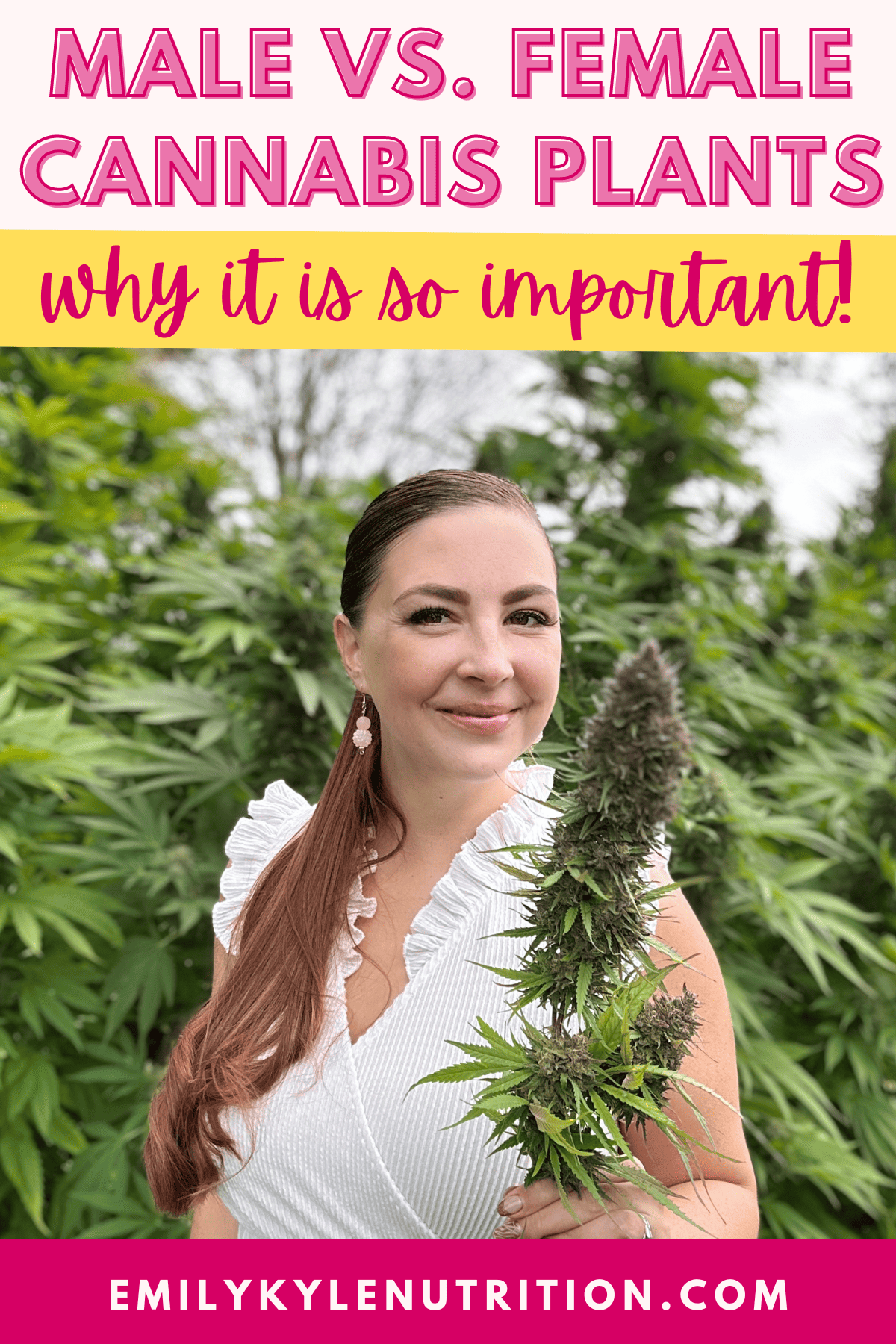
Table of Contents
Article Features
- Male vs. female cannabis plants
- Why it is important to know the difference
- Want to skip the hard work? Shop with me and have my high-quality cannabis products delivered directly to your door! Now shipping across the US.
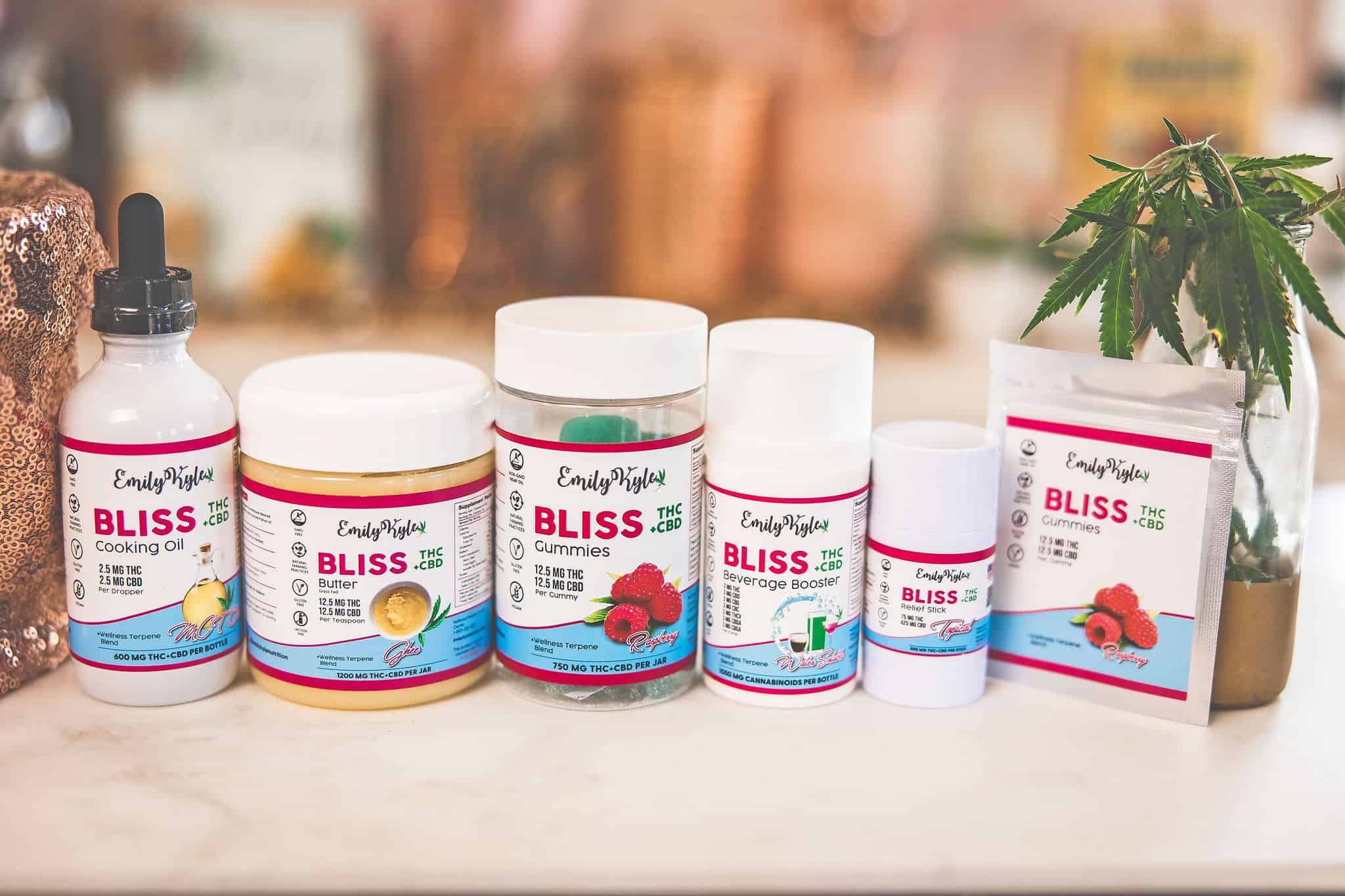
Why You Will Love This Guide
Unlike most plants, cannabis plants have specific male and female genders with unique characteristics.
As members of my Edibles with Emily community know, the gender of cannabis plants makes a huge difference, whether you are using it for recreational purposes or medical.
In most cases, we want the female flowers, as they produce the cannabinoids that we want – for edibles, topicals, smoking, or more.
In this guide, I will teach you why the sex of the plant matters, how to identify the sex of your plant, and how to ensure you get more females in the future.
🎥 Watch the Video
Prefer to watch or listen to this blog post instead? Click to watch the full video.

Male vs. Female Plants
Most plants are monoecious, containing male and female reproductive organs in a single flower.
However, cannabis plants are dioecious, meaning each plant has male or female reproductive organs.
For most home growers, the most critical difference is that the female marijuana plant can produce high amounts of cannabinoids, like CBD, THC, and CBG, in their trichomes.
Male marijuana plants, or hermaphrodite cannabis plants, have fewer cannabinoids and fewer psychoactive and beneficial effects.
In addition, the male cannabis plants usually contaminate the female plants by fertilizing them from their small pollen sacs.
Once fertilized, female plants spend more energy on seed production rather than producing flowers and cannabinoids, thus compromising their quality.
This is why most cannabis growers prefer to grow only female crops.
How To Differentiate
It is crucial to differentiate between the male and female cannabis plants during the growing process.
The process of growing cannabis has two stages:
- The vegetative stage
- The flowering stage
The vegetative stage is the period when the plant grows bigger and taller, and it is impossible to tell the gender with the naked eye at this stage.
However, you can distinguish between the male and female cannabis plants with their morphological differences during the flowering stage.
It is important to differentiate between males vs. females at the beginning of the flowering stage.
While you should easily see the differences with your naked eye, you can use a magnifying glass or jeweler’s loupe to look closer at the male and female parts.
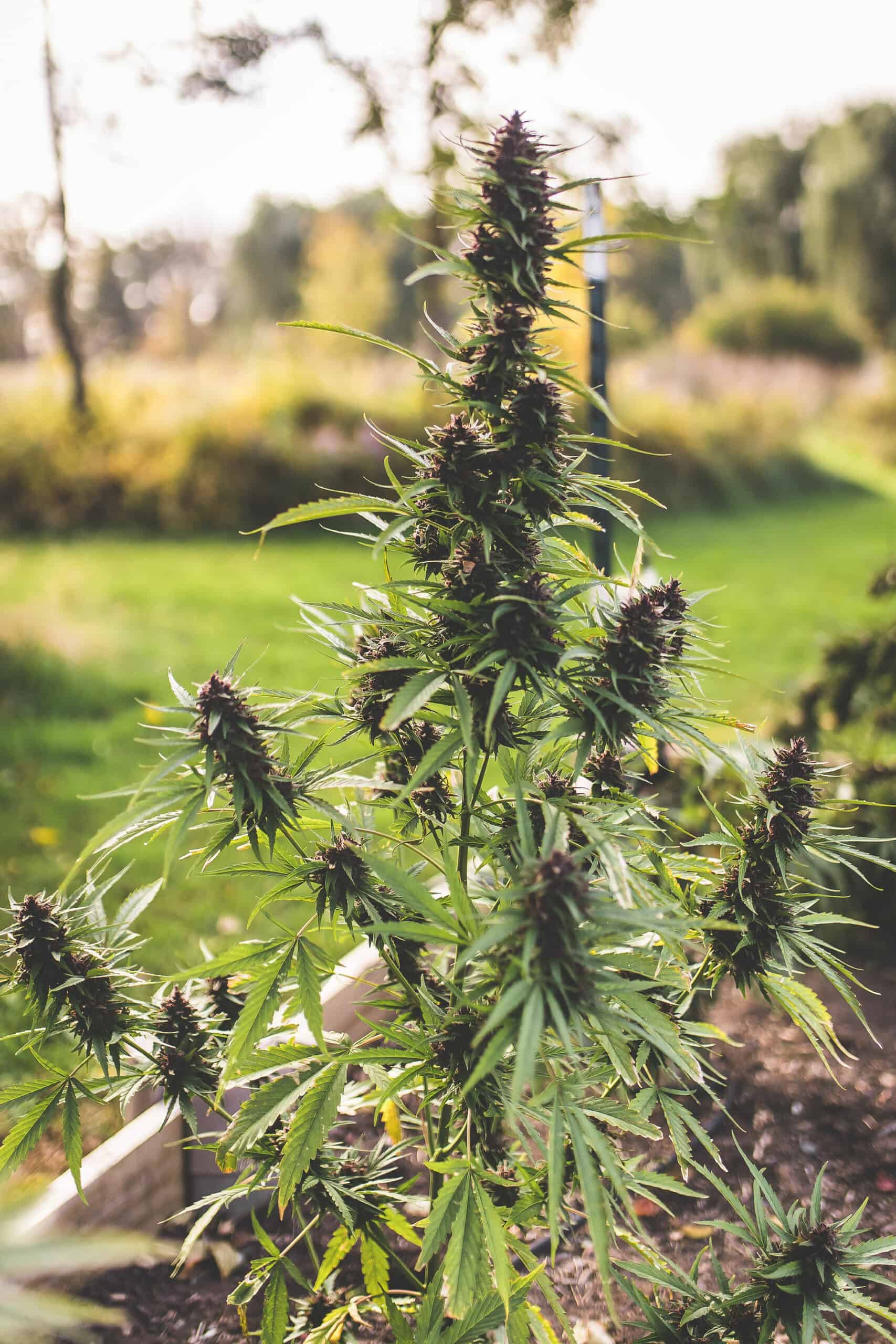
Features of Female Cannabis Plants
The female counterparts contain tiny white hairs that grow at the base and joints of the plant’s nodes.
As the female plant matures, these white hairs grow more prominent, and their color changes to a reddish hue.
When you want to identify a female cannabis plant during the early stages of the flowering phase, it is helpful to look for the following physical characteristics:
- Resinous buds
- Slender stalks
- Female sex organs – V-shaped female pistils with a protective layer called the calyx
- Abundant fan leaves and sugar or trim leaves
- Shorter than male plants
- Fine translucent hairs, wispy white hairs, or orange hairs
- Seedless buds
For a complete guide, check out my post on The Anatomy of a Female Cannabis Plant
Features of Male Cannabis Plants
Generally, male plants are tall with thick stems at the flowering stage, and their branches have fewer leaves.
The joints of their branches have male pollen sacs that resemble a clump of bananas.
You should look for these physical characteristics to distinguish a particular cannabis plant as a male:
- Pollen sacs that form green and white flowers
- Pollen grains
- Sparse, tiny leaves
- Thicker stalks, sturdy main stem
- Taller than female plants
In most cases, growers want to remove or destroy the male cannabis plant before it can pollinate the female.
Just a little bit of pollen released from a male plant can stunt the growth of the entire crop of female flowers.
However, males and pollen production play an important role in creating new genetics, and this may be an avenue to explore if you want to go on and create different cannabis cultivars and new strains.
Males may also be used for juicing, the cultivation of hemp fiber, genetics, and more.
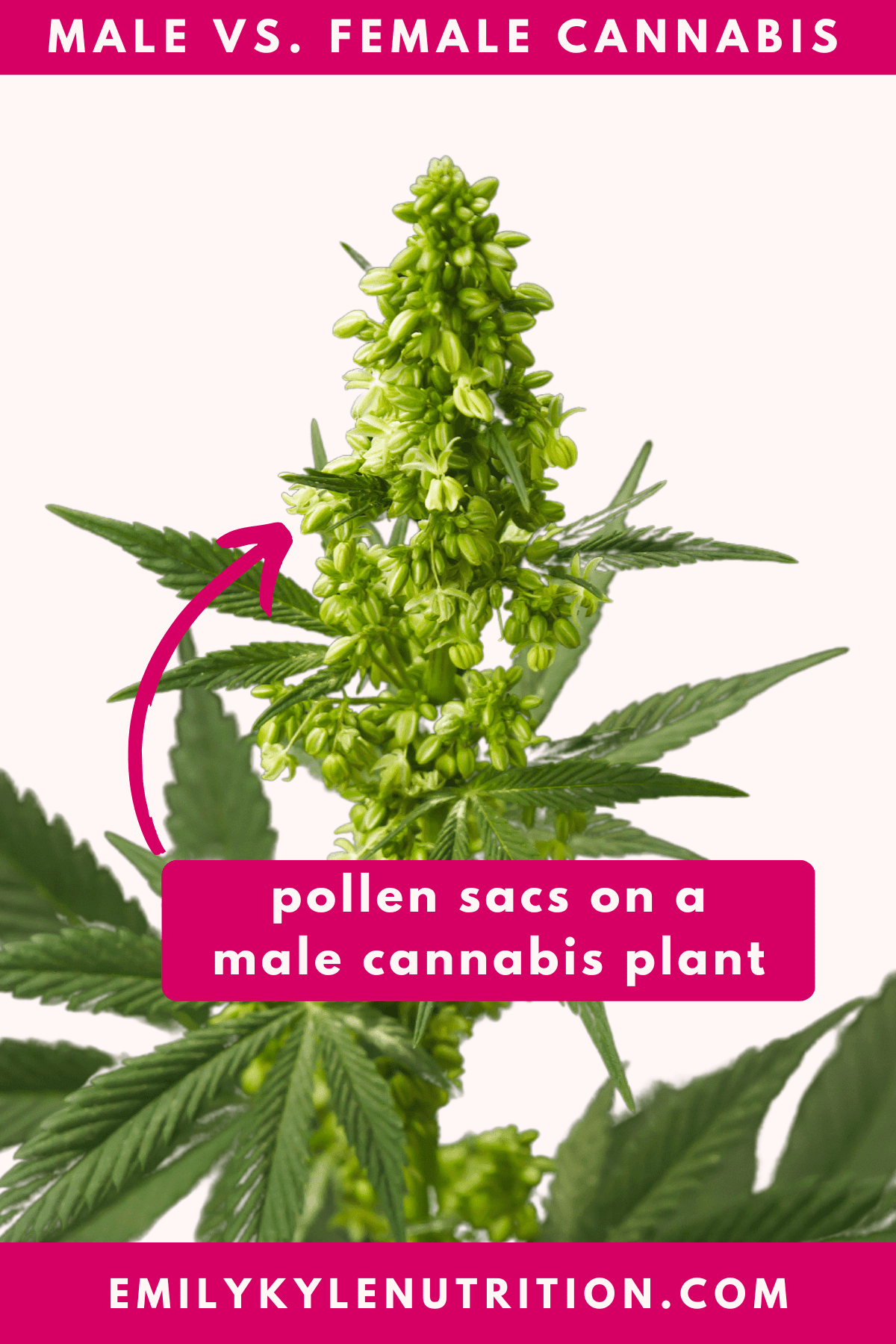
Hermaphrodite Plants
In rare cases, a hermaphrodite plant may occur among cannabis plants, as well.
A hermaphroditic plant will contain both female reproductive parts and male reproductive parts in a single plant.
In most cases, growers will remove these plants because this type of weed produces lower-quality flowers and buds along with regular seeds.
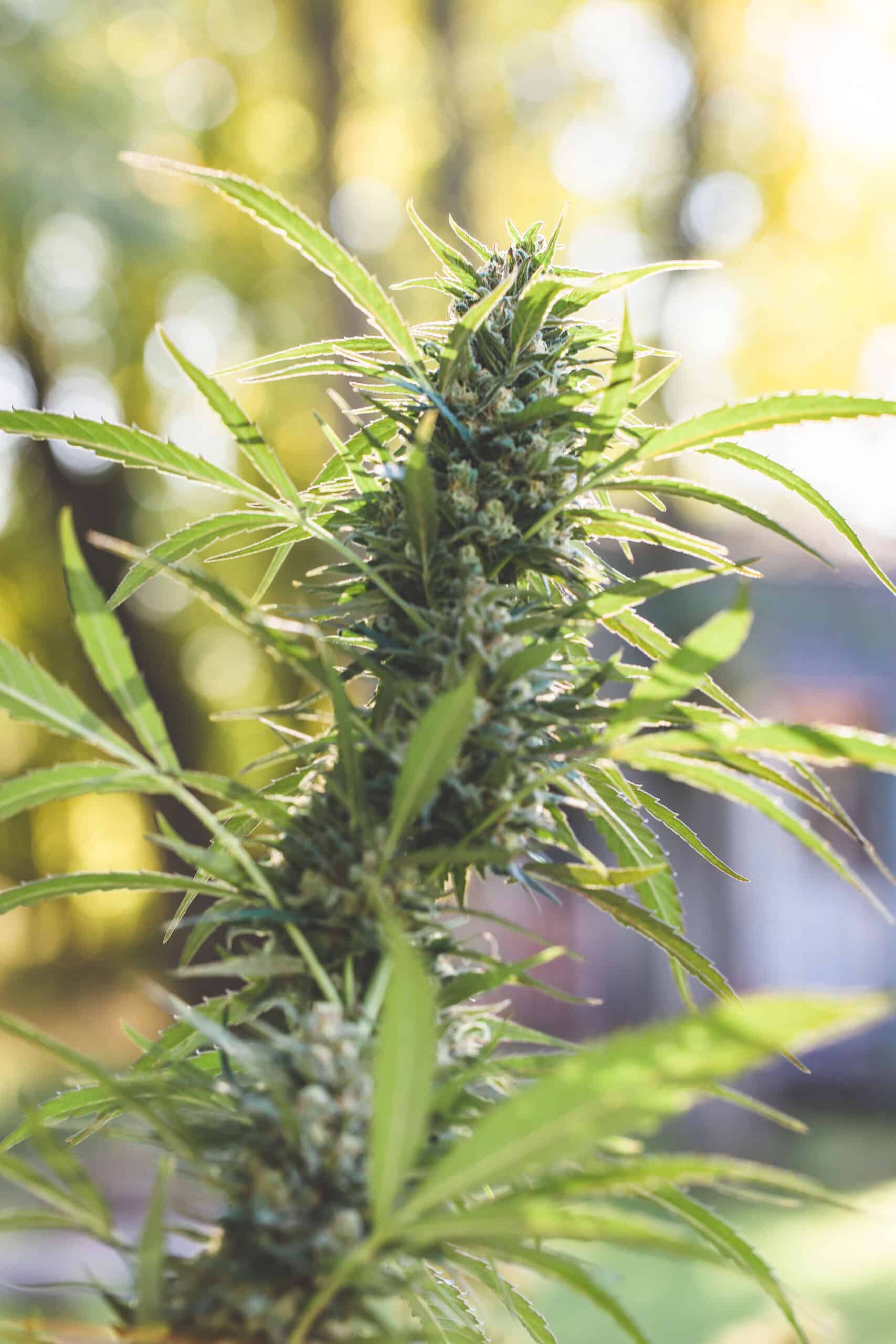
It Starts With The Seeds
If you are new to growing cannabis and want to ensure you are only planting female flowers, you must start with the right type of seeds.
When shopping, most people want to focus on Indica vs. Sativa, what strain to pick, and how it will make them feel – but that’s not most important.
Regular cannabis seeds, purchased from seed banks or gathered from a growing plant, produce either males or females.
This means you have a 50/50 chance of planting and growing a male plant.
This is not ideal for the home grower who wants to harvest cannabis for medicine to be used in edibles, topicals, and more.
The best way to ensure you only grow female weed plants is to start with female seeds.
These are typically labeled as “feminized seeds” when purchasing them.
The resulting seeds will only produce female cannabis plants, the type of plant we usually want.
To get started, be sure to check out my guide on how to shop for cannabis seeds online.
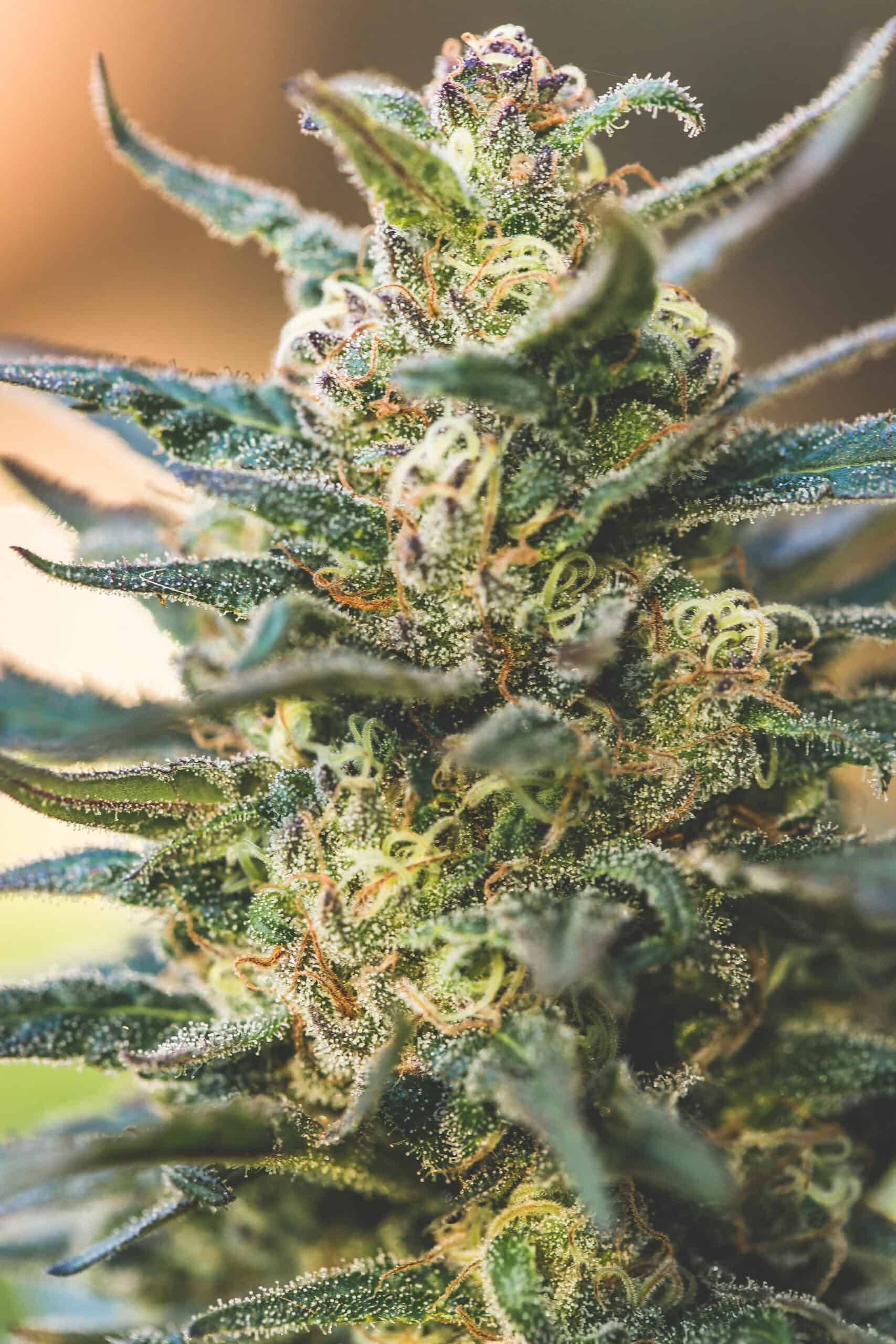
Other Things That May Affect Growth
Of course, many factors affect the growth of your cannabis plant beyond just the plant’s gender.
These factors may include:
- growth cycle – autoflower vs. photoperiod
- poor genetics – different strains grow differently
- nutrient deficiencies
- enough water
- light schedule, grow cycle, and hours of light
- environmental factors
- growing space either outdoors or in a grow room
Conclusion
Both male and female cannabis plants can be helpful, but the female variation tends to have more benefits than the male one.
Female genetics are for you if you are looking for a high THC content, maximum cannabinoids, and terpene production.
This will ensure the quality of the final product of whatever you make is the best possible.
If you want to go even deeper into learning about the cannabis plant itself, please join me in my Cannabis Compass Online Course.

Everything you wish someone taught you…
The Cannabis Compass Online Course will show you how to use, apply, and dose cannabis safely and effectively so that you can begin to manage your anxiety, pain, and inflammation the natural way from the comfort of your own home. Learn more below.
More Articles You Will Love
Articles & How-To Guides
Meet the Female Cannabis Plant: Her Parts + Uses
Articles & How-To Guides
What You Need To Know About Cannabis Trichomes
Growing Cannabis
How to Harvest Outdoor Cannabis Plants
Articles & How-To Guides

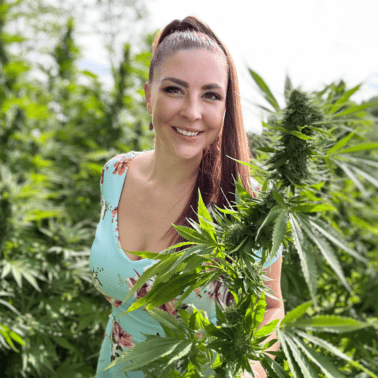
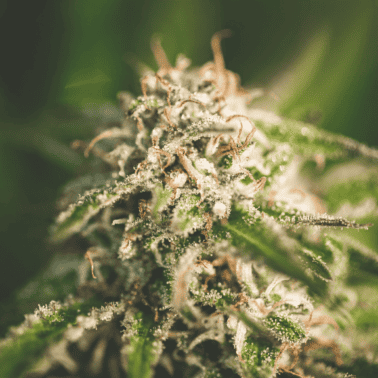
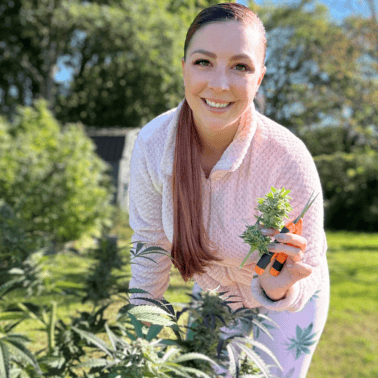
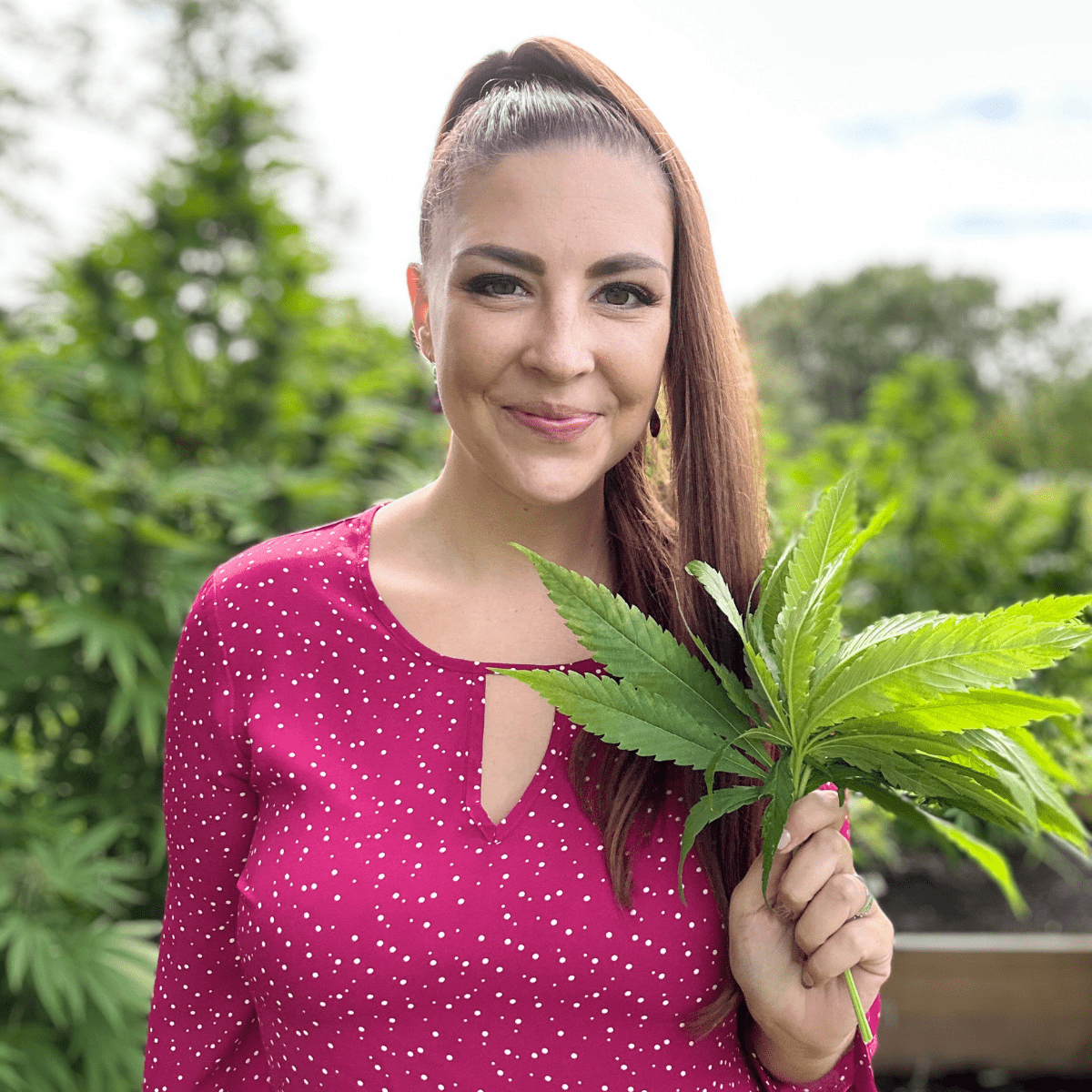
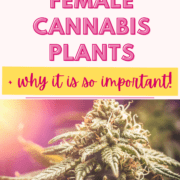








Can you recommend a reputable company that sells clones? Thanks.
Hello, Jodi. Thank you so much for reaching out! I’m so happy you’re exploring your cannabis gardening journey. I personally only use seeds and not clones, so I don’t have a recommendation to share at this time. 🌱 Wishing you all the best in finding the perfect fit for your needs!
Good tips emily. I knew quite a few of them but not the tiny hairs. When we were growing hundreds of acres of hemp it was impossible to pull the males and we needed some for seed production. If left to dry down before harvest we know the males were the worst for wrapoing/on combine shafts.
Thank you so much for sharing your experience and for your kind words, Reed! It’s fascinating to hear about your large-scale hemp production and the challenges that come with it. I didn’t know that about the males being more likely to wrap around the combine parts, but it is fascinating. Those tiny hairs are such an incredible detail, aren’t they? I appreciate you taking the time to connect and share your insights with me. 😊
Do you ever have active experiential learning classes in person for growing,maintaining, using for the average person ?
Thank you for your interest, Jan! While we currently don’t offer in-person events, we do offer a variety of live Zoom calls throughout the year. These sessions are designed to provide growth, maintenance, and usage insights for the average person. You’ll get notified of our events through our newsletter: https://emilykylenutrition.com/newsletter/.
Male plants, is this were we can harvest seeds? or does the female plant does that?
Hi Spring. Great question! Both male and female cannabis plants play a part in seed production. The male plant produces pollen which fertilizes the female plant, leading her to produce seeds. If you’re looking to harvest seeds, you’ll need both. However, remember that most growers remove male plants to prevent them from pollinating females, as this can affect your THC yield if you’re aiming for bud production.
Hope this clarifies things! Happy growing!
Thank you Emily for a clear, concise education on the sexes of cannabis plants. I’ve been trying to grasp the whole female/male thing.
I am so glad this helped, Nichelle 😀